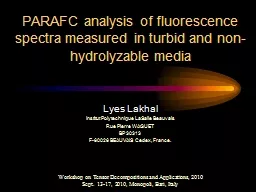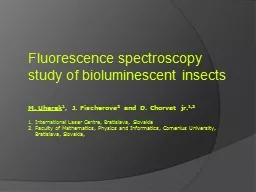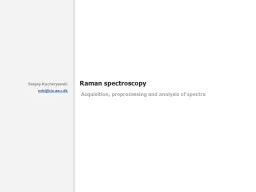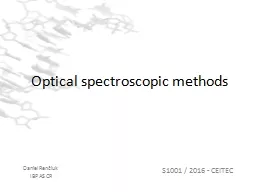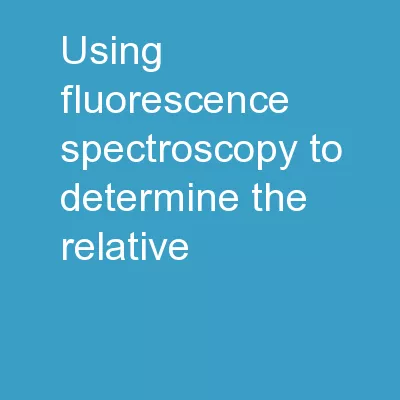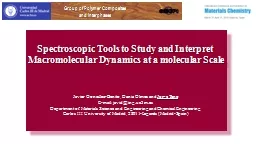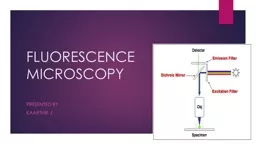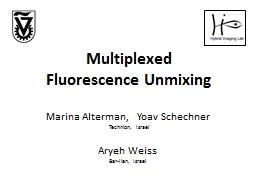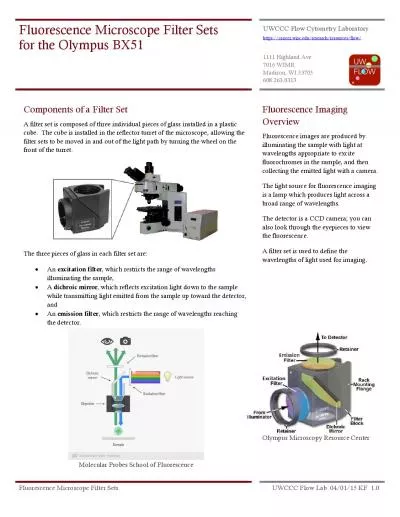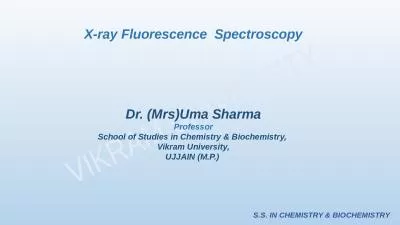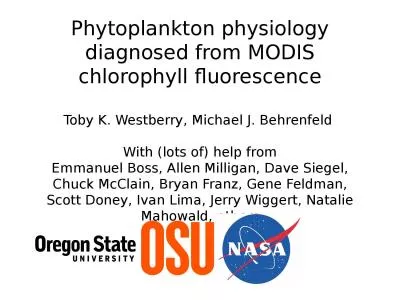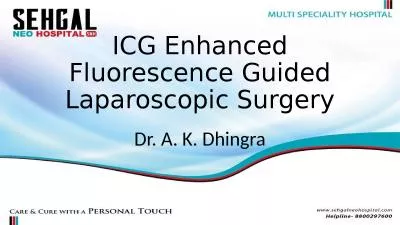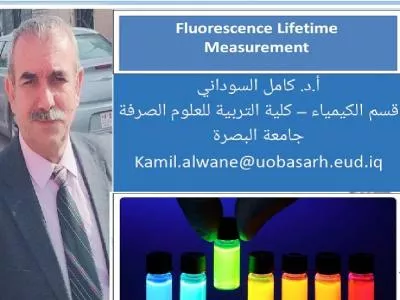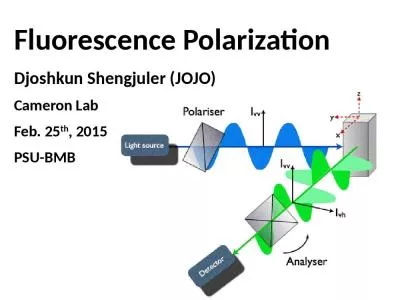PPT-PARAFC analysis of fluorescence spectra measured in turbid
Author : mitsue-stanley | Published Date : 2016-08-01
Lyes Lakhal Institut Polytechnique LaSalle Beauvais Rue Pierre WAGUET BP 30313 F60026 BEAUVAIS Cedex France Workshop on Tensor Decompositions and Applications
Presentation Embed Code
Download Presentation
Download Presentation The PPT/PDF document "PARAFC analysis of fluorescence spectra ..." is the property of its rightful owner. Permission is granted to download and print the materials on this website for personal, non-commercial use only, and to display it on your personal computer provided you do not modify the materials and that you retain all copyright notices contained in the materials. By downloading content from our website, you accept the terms of this agreement.
PARAFC analysis of fluorescence spectra measured in turbid: Transcript
Download Rules Of Document
"PARAFC analysis of fluorescence spectra measured in turbid"The content belongs to its owner. You may download and print it for personal use, without modification, and keep all copyright notices. By downloading, you agree to these terms.
Related Documents

